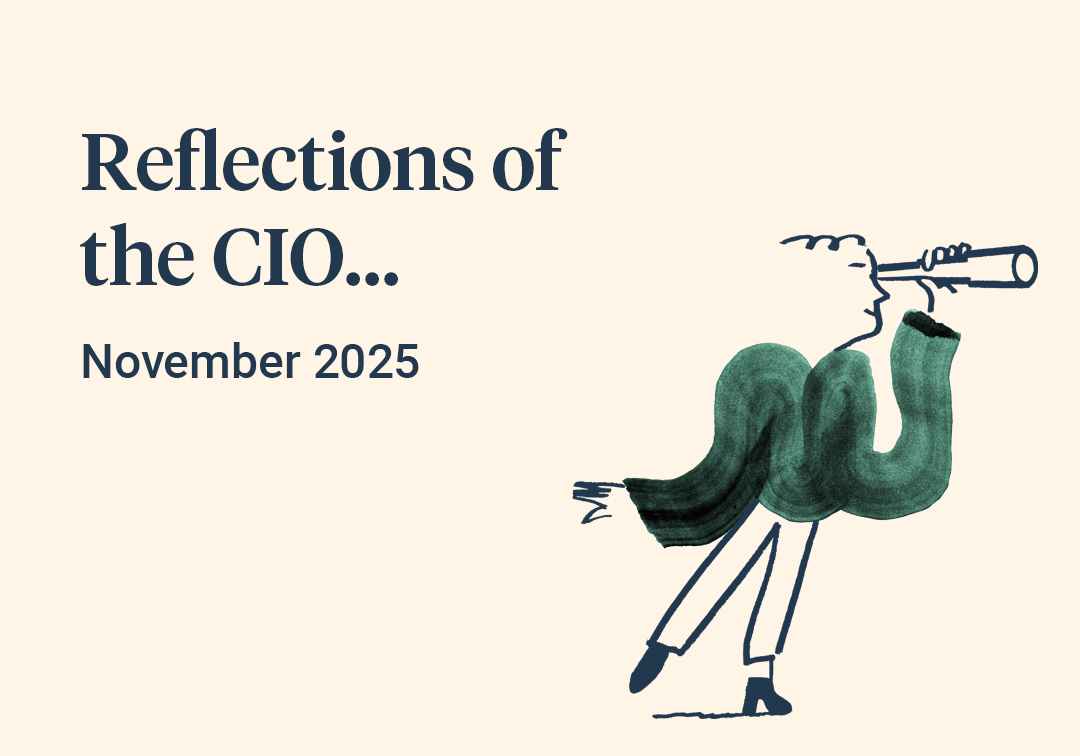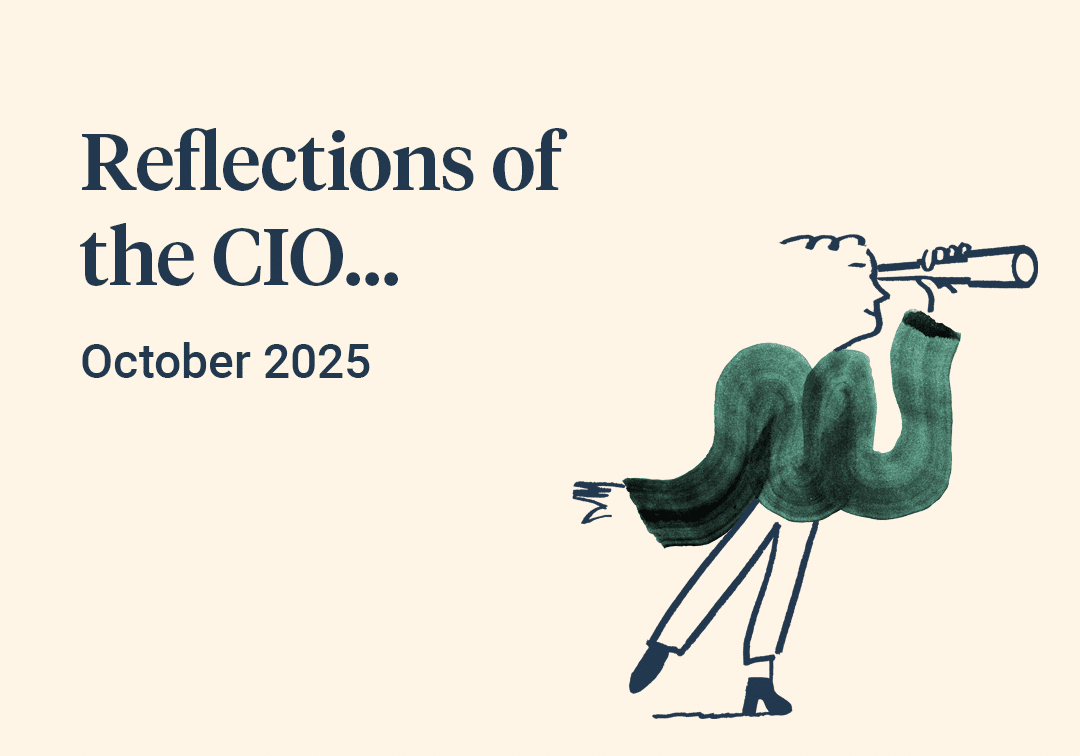With our Chief Investment Officer, David Cooke, making his way to Antarctica, I’m afraid you will have make do with ‘Reflections from the Head of Research’ for this month. November saw markets push higher, testing important resistance levels, as they continued to build on the rally that began back in October. It’s testament to the desire of financial markets to put this year behind them; that the recent rallies were caused by a -0.2% ‘lower than expected’ CPI (inflation) number in the United States. Moves were most pronounced in places which have been at the epicentre of pain year to date. UK mid-caps finished the month up over 7% whilst the much-maligned Pound Sterling saw its second consecutive positive month in November, versus the US dollar. These last two months have been 2 of only 3 positive months this year for the pound against the dollar.
The reason this CPI miss was so effective in cajoling markets, was it offered investors more tangible evidence that the Federal Reserve might be able to ‘pivot’ sooner, if required. Comments from the Fed Chair, Jerome Powell, suggesting there would smaller interest rate rises going forward were met with far more confidence than the caution suggested by his latter comments about terminal rates remaining higher for longer. We have entered a strange period where bad news has started being good news for markets. Global economies have become slavishly attached to cheap credit and government intervention; without central bank support they don’t know how to function properly (as we have witnessed in the LDI market in the UK).
Interestingly, the data point that ultimately tapered the recent optimism, was an unwaveringly strong unemployment print in the US. How can low levels of unemployment be considered a bad thing? Only financial markets can combine the required amounts of forward-thinking and real-world detachment to solve that equation. The logic here is that without unemployment rising, people have the ability to stomach higher prices and even, dare I say it, demand higher wages that protect their purchasing power. Ultimately, this is what all financial markets are currently dreading. Any sign of the previously supply-led, constraint-driven, commodity-focussed, or questionably transitory inflation infecting the wage system will require a far more drastic solution to fix. One that will come at a far greater cost to the global economy, than simply waiting for ‘higher prices to reduce demand’. The signs are ominous for markets with wages rising in the Eurozone, UK and USA at the fastest pace for decades.
So, in this new paradigm, expect to see weaker employment data, and already faltering PMI data, being met with confidence that the cure is working, and that the economy’s health is finally failing – but by just the right amount! What we are seeing is that, at the margin, this is beginning to come through in the numbers. Every month that passes with inflation lower than expected, will be met with significant optimism from investors. However, this comes with a cost. Every month that passes will see another month of consumers and companies squeezed by higher mortgage costs (for those whose fixed terms are coming to an end) and higher interest costs respectively. For a world that has filled its boots with the cheap credit on offer during the pandemic, the effects of these rising costs are only just beginning to be felt.



